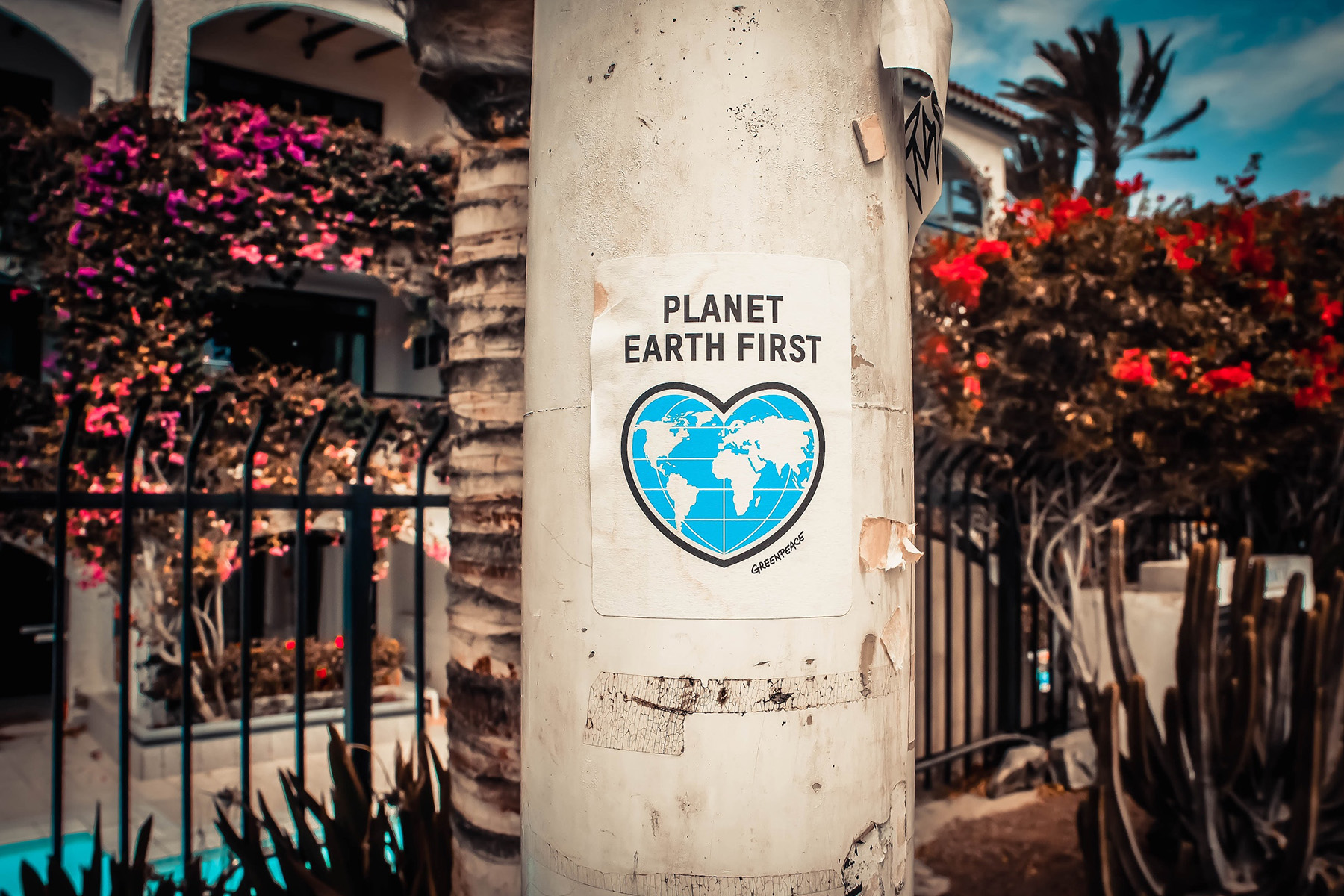Food waste is a massive global problem.
From households to restaurants to grocery stores, our food system yields 1.3 billion tons of wasted food each year, or approximately 30% of all food produced for human consumption. Some food is “lost” before it ever makes it to market, either in a surplus yield from the farmer or left behind because it is too big or too small or too funny looking to sell to consumers with high aesthetic standards, and much of it is lost during processing, packing, storage and transportation across thousands of miles to reach its ultimate point of sale.
Because governments have done little to address the problem, private companies all over the world have come up with creative solutions to reduce the amount of food we waste. Mostly, this looks like organizations partnering with farmers to redistribute produce that they will not be able to sell in stores for a variety of reasons: a too-big or too-small harvest, discoloration or odd shapes that consumers allegedly will not pay for, as well as trade agreements that may disadvantage specific countries or farmers when it comes time to sell the fruits of their labor. Other companies “rescue” food from restaurants or grocery stores as they head to a landfill, instead bringing it to hungry mouths at generally discounted prices.
But during the COVID-19 pandemic, a new form of food waste even more devastating emerged, shining a light on the precariousness of our food supply chains.
With a global health crisis affecting millions of people, the beginning of 2020 saw the closure of schools, hotels and restaurants all over the world. These very institutions are massive food purchasers, ready every day to feed the mouths of students, travelers and busy city-dwellers around the world. But when their doors closed, food distributors were left with tons of product on their hands that they couldn’t necessarily repurpose for direct-to-consumer purchase: massive bags of shredded cheese, for example, or tiny cartons of milk.
In many cases, changing the packaging or production, reconfiguring the distribution, was too costly and time-consuming to be considered worthwhile. Instead, much of this food went to waste at the same time that grocery stores were unable to keep up with the demand of thousands of additional households now having to cook every meal for themselves.
When most stores had empty shelves, many farms and food distribution companies were forced to dump food back into the ground because it was considered unfit to sell in stores. In the United States, this phenomenon appeared to be especially challenging—one farm alone estimated dumping out 3.7 million gallons of milk every day, and another smashed 750,000 unhatched eggs each week. Vegetables were also vulnerable, as food patterns shifted when people could no longer eat out in restaurants. When at home, many people are unsure how to prepare certain foods—mostly healthy produce, which they might have ordered in a dish out in a restaurant, but which they aren’t quite sure what to do with on their own.
A farmer in Iowa had to turn a harvest of onions back into the ground because there was nowhere for them to go. The alleged culprit: onion rings no longer being consumed in restaurants across the country. There are just as many mouths to feed during a pandemic as there are when our world is healthy, but with products specifically produced and packaged for one purpose and a rigid supply chain that is too costly and complicated to re-work during a crisis, we are left with a situation where millions go hungry at the same time that tons of food is dumped as waste, never to be consumed.
Worse than all of this, though, are the millions of animals—cows, pigs, chickens—that have been prematurely slaughtered and dumped into landfills. Again, this issue is most prominent in the United States, where animal agriculture is more intensive, feed lots are more packed, and slaughterhouses are less hygienic. When the coronavirus found its way into certain processing plants around the US, the proximity of the workers and questionable hygiene practices allowed it to rapidly spread, leading to the closure of more than 20 slaughterhouses around the country.
President Trump’s executive order to keep the factories open was ignored, due to the danger it would have posed to the workers. These closures meant that farmers had nowhere to send the animals that were ready to be killed and made into food for human consumption. Faced with limited space on their own land, farmers are confronted with an incredibly difficult proposition: end the lives of thousands of animals that only ever lived to be turned into food.
This problem is made worse by consolidation within the meat industry, leading to fewer and larger meat processing plants across both the US and Europe. When one plant closes down for any number of reasons, a long chain of destructive consequences ensues. During this specific health and food crisis, piglets and chickens were reported to be at the highest risk of premature slaughter, due to the vast amounts of them we consume, as well as their artificially shortened lifespans, which is a result of modern factory farming. In Iowa, politicians warned that 700,000 pigs would need to be culled every week, and one chicken processor reported having to kill 2,000,000 chickens during the month of April alone.
Maybe these numbers don’t seem too shocking to a society that has become numb to killing animals for their meat. But what about when those animals have been specifically bred and fattened up for us, when they have spent their entire lives in painfully close quarters and been given antibiotics so they wouldn’t develop infections from their dirty enclosures, when they have been taken from their mother after birth so that we could drink the milk instead of them, when they have had to endure a short and inhumane life and then after all of that, they were killed and dumped into a giant hole in the ground? What about then?
At the time of writing this article, 25 times more hens have lost their lives than humans due to COVID-19.
By September, the pork industry expects the same to be true of pigs.
While I reject the idea that there is a humane way to kill, there are guidelines that slaughterhouses should follow for the humane killing of animals; these include electrical stunning, blunt force trauma, or depriving the animals of oxygen. In the case of a crisis—which is exactly what we find ourselves in—other methods are promoted.
The AVMA has listed as some of their preferred methods of culling chickens the use of a water-based foam to smother and suffocate the birds, whole-house gassing of their enclosure, or mechanically-assisted cervical dislocation. Less preferred methods—but still permitted in constrained circumstances (which again, we are in)—include controlled demolition, decapitation, or VSD plus, which entails shutting off all ventilation and combining it with carbon dioxide gassing, leading to a disorienting death whereby the animals are essentially cooked alive. This last method has also been recommended for piglets.
It is time we treat animals with a little lot more respect. If we, as a species, are going to continue to eat animals, we need to do so in a way that values the life that lived and died for a pork chop or a chicken cutlet. Animal agriculture needs to become more humane (which means we all need to eat less meat, but more on that another time…), processing plants need to become less crowded and more hygienic, and supply chains need to become nimbler. We have learned more than ever during this time how interconnected we are as humans, and I think it is time we realize how interconnected we also are as animals.




